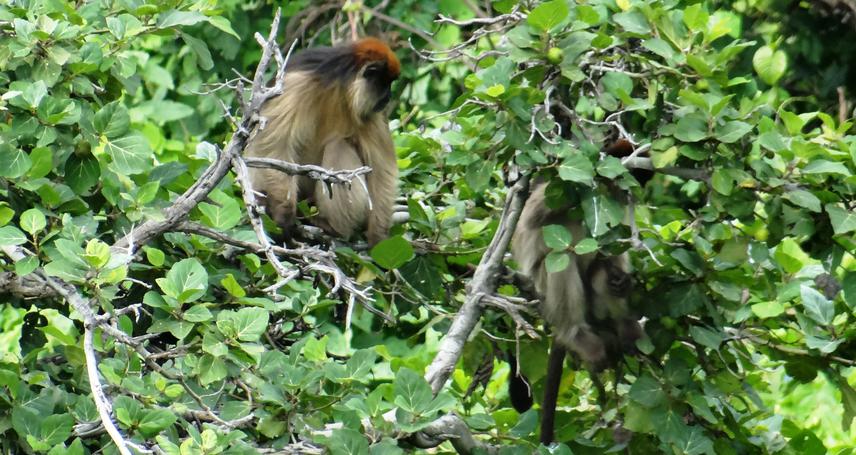Mohamed Julius Kibaja
Other projects
20 Jun 2017
Conservation of the Endangered Ashy Red Colobus Monkeys (Piliocolobus tephrosceles) in Unprotected Areas of Western Tanzania
During this second-round small research grant of the project further systematic surveys of Ashy monkeys in Tanzania will be conducted with the aims of:
1) identifying new priority areas for conservation in the Masito-Ugalla Ecosystem and the Mbuzi Forest area,
2) identifying and assessing conservation threats more comprehensively in both areas (data on the specific type of human threats affecting the species is essential for designing alternative economic activities for the specific human groups that undertake such threat activities),
3) carrying out more conservation awareness campaigns in the Masito-Ugalla Ecosystem and the Ufipa Plateau (awareness campaigns will help to make local people more willing to support conservation and accept community conservation programs in their village areas),
4) providing data for predicting the potential suitable habitat for Ashy monkeys in Tanzania (spatial models have the ability to integrate both, species occurrence and landscape characteristics to identify important areas for conservation).

Ashy monkeys are declining in unprotected areas due to habitat degradation and hunting by humans and in protected areas because of predation by chimpanzees. In 2005 their total number was estimated to be 20,000 individuals, with 17,000 in Kibale National Park, Uganda (Struhsaker, 2005). In Tanzania, Ashy monkeys occur in both unprotected (Mbuzi Forest area and Masito-Ugalla Ecosystem) and protected (Gombe and Mahale National Parks and Mbizi Forest Reserve) areas. In 2006, 1354 individuals were counted in Mbizi and Mbuzi forests on the Ufipa Plateau (Davenport et al., 2007). In 2006, Davenport et al. (2007) counted 137 individuals at Mbuzi Forest. In 2017, I counted 24 individuals in the Mbuzi Forest during surveys funded by the Rufford Foundation (Kibaja et al., 2018). This demonstrates a massive decline in numbers in the Mbuzi Forest. Between 2017 and 2018, I obtained data to compute the density of Ashy monkeys in the Masito-Ugalla Ecosystem, producing the first ever data for this vast ecosystem (in prep.) I also discovered new sites occupied by this primate in Tanzania. Previous surveys did not comprehensively cover extensive areas (owing to their vastness and seasonal inaccessibility of remote sites) and the discovery of new areas occupied by this primate entail a need for additional extensive systematic surveys to reach non surveyed areas.
This project will contribute to the conservation of this Ashy monkeys by:
1) conducting further systematic surveys on population status and distribution, and by identifying new priority areas for conservation in the Masito-Ugalla Ecosystem and Mbuzi Forest area,
2) identifying and assessing conservation threats more comprehensively in both areas,
3) carrying out more conservation awareness campaigns in the Masito-Ugalla Ecosystem and Ufipa Plateau,
4) providing data for predicting the potential suitable habitat for Ashy red colobus monkeys in the country.